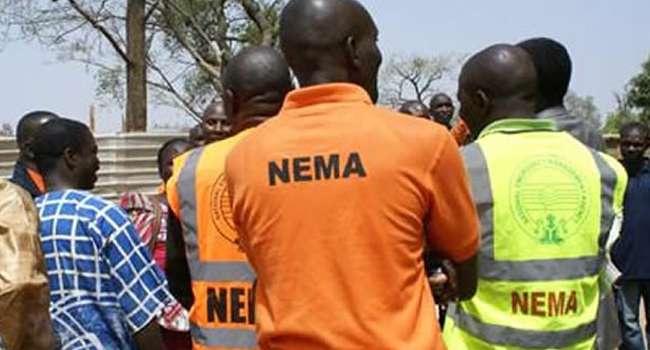The National Emergency Management Agency (NEMA) has taken proactive and robust steps to contain floods in the South-East region of Nigeria, particularly in riverine and low-lying communities. In a recent interview with the News Agency of Nigeria, NEMA’s South-East Coordinator, Ngozi Echeazu, outlined the practical measures being implemented to reduce the impact of flooding in the area.
Echeazu revealed that NEMA is working in collaboration with relevant ministries, departments, and agencies to monitor water levels in major rivers across the region. The agency is also closely observing the water level of the River Niger, as well as identifying higher ground and Internally Displaced Persons (IDPs) camps for temporary shelter. In addition, NEMA has been actively engaged in media publicity to update the public on seasonal climate predictions and the annual flood outlook. Sensitization programs have also been conducted in riverine communities, in partnership with the State Emergency Management Agency (SEMA), to emphasize the importance of clearing blocked drainage systems and relocating structures situated on flood-prone areas.
Echeazu stressed the significance of early planting and harvesting of agricultural produce to mitigate losses associated with flooding. The mobilization of all available resources, both human and material, to safeguard lives and properties is also a priority for NEMA. Furthermore, the agency has developed plans for a flood quick response, with support from other relevant agencies, including the military and paramilitary organizations. These plans cover various aspects such as coordination, information management, resource mobilization, and evacuation. The policy document of NEMA provides further details on these plans.
Regarding the distribution of relief materials, Echeazu emphasized that NEMA is directly involved in the process, working in collaboration with SEMA. Relief materials are distributed to affected individuals and communities by NEMA and SEMA officials, with the state governments being ceremonially informed of these distributions. Echeazu clarified that relief materials are specifically provided for those affected by the disaster, based on the assessment conducted by NEMA and SEMA. The assessment includes determining the level and cause of the disaster, evaluating the damage and needs of affected individuals, and making appropriate recommendations.
As flood disasters continue to pose a significant threat to the South-East region, NEMA’s proactive approach in implementing practical measures and collaborating with relevant stakeholders is crucial in minimizing the impact on communities.
NAN
